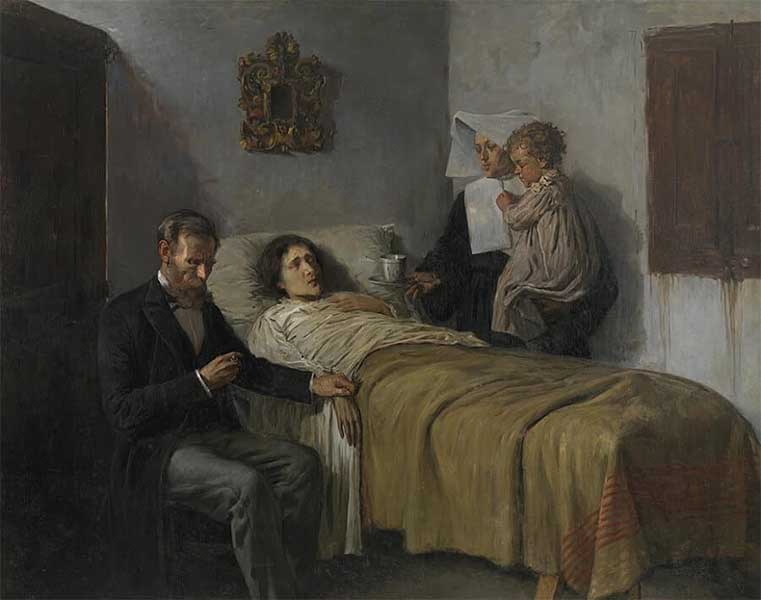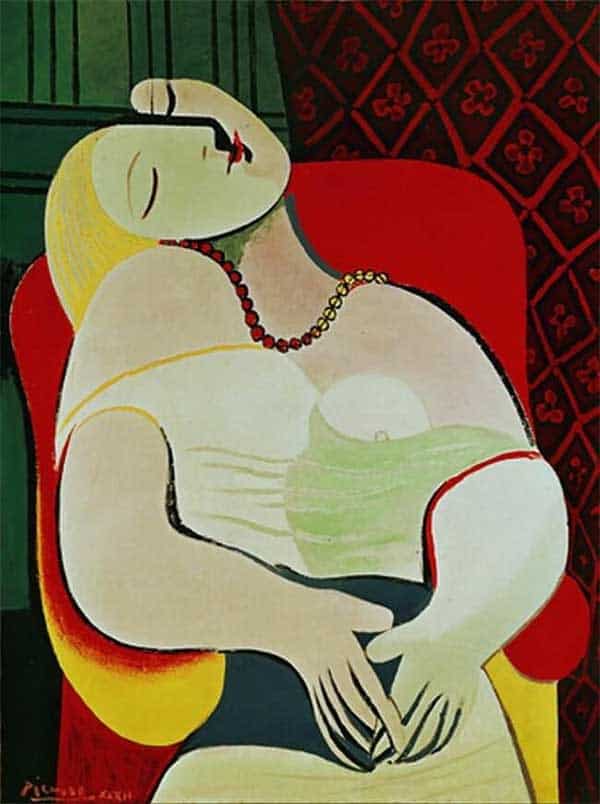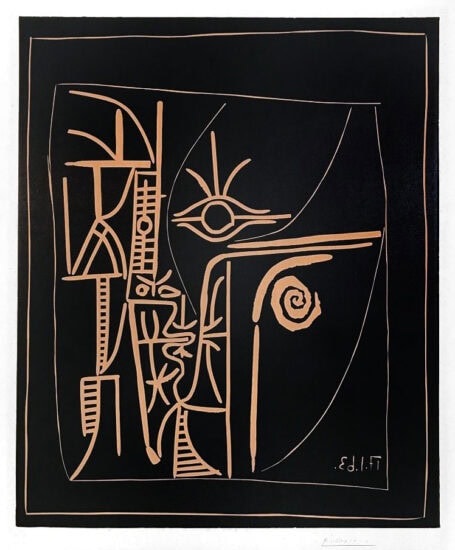Pablo Picasso is one of the most celebrated and influential artists of the 20th century. His innovative style and prolific output revolutionized the world of art, and his legacy continues to inspire artists and art lovers around the world. A retrospective exhibition at the Picasso Museum would be a unique opportunity to explore the full range of Picasso's work, from his early studies to his later masterpieces. In this response, I will discuss what a retrospective exhibition at the Picasso Museum might look like, highlighting some of Picasso's most significant works and their significance within his body of work.
The exhibition might begin with some of Picasso's early works, which show the development of his style and his interest in classical art. For example, his painting "Science and Charity" (1897) is an early example of his ability to depict complex themes in a realistic yet emotional way. The painting shows a doctor examining a sick child, with a nun looking on in the background. The painting demonstrates Picasso's early interest in social issues and his ability to use art to comment on the world around him.

The exhibition could then move on to Picasso's "Blue Period" (1901-1904), a period marked by melancholy, poverty, and solitude. During this time, Picasso used a limited palette of blues and greens to convey the emotions of his subjects. Works such as "The Old Guitarist" (1903) and "La Vie" (1903) are among the most famous examples of Picasso's Blue Period, and demonstrate his ability to convey complex emotions through color and composition.
The exhibition might then explore Picasso's Cubist period, which began around 1907 and continued until the early 1920s. Cubism was a radical departure from traditional painting techniques, and involved breaking down images into geometric shapes and reassembling them in abstract ways. Examples of Picasso's Cubist works might include "Les Demoiselles d'Avignon" (1907) and "Still Life with Chair Caning" (1912), both of which are considered landmarks of the Cubist movement.
The exhibition could then move on to Picasso's Surrealist period, which began in the 1920s and continued throughout his life. Surrealism was a movement that aimed to unlock the power of the unconscious mind, and involved creating images that were dreamlike and mysterious. Picasso's Surrealist works might include "The Dream" (1932) and "The Weeping Woman" (1937), both of which use distorted and fragmented forms to create a sense of unease and anxiety.

Finally, the exhibition could showcase Picasso's later works, which were marked by a return to more traditional forms and techniques. Picasso continued to experiment with different styles and media throughout his life, and his later works demonstrate his ongoing curiosity and willingness to push boundaries. Examples of Picasso's later works might include "The Painter and His Model" (1963) and "Self-Portrait Facing Death" (1972), both of which show the artist reflecting on his own mortality and legacy.
In conclusion, a retrospective exhibition at the Picasso Museum would be a unique opportunity to explore the full range of Picasso's work, from his early studies to his later masterpieces. By showcasing the evolution of Picasso's style and technique, the exhibition could provide insight into his creative process and the themes and ideas that motivated his work. Picasso's legacy continues to inspire artists and art lovers around the world, and a retrospective exhibition would be a fitting tribute to his enduring influence and importance in the world of art.



